Transform your mudroom into a functional and stylish hub with expert DIY ideas tailored for even the smallest spaces. Whether you’re aiming to boost your home’s resale value or simply streamline daily routines, organizing your mudroom efficiently is key. From clever storage solutions to color schemes that elevate the space, this guide offers actionable tips to maximize your mudroom’s potential. Discover how to make a mudroom look nice, choose the perfect color palette, and explore budget-friendly renovation ideas that add lasting value to your home. With insights on mudroom layouts for small spaces and expert advice on maximizing functionality, this comprehensive resource helps you create a mudroom that works as hard as you do. Start your journey toward a clutter-free, organized space today!
Key Takeaways: Transforming Your Mudroom for Value and Functionality
- Boosts Home Value Through Enhanced Functionality and Aesthetics
- Return on Investment: Maximizing Space Utilization
- DIY Ideas for Small Spaces Enhance Functionality
- Costs Range from $6,000 to $15,000 for Mudroom Renovations
- Maximizing Kitchen and Bathroom Upgrades Drives Resale Value
- Energy-Efficient Features and Smart Home Technology Add Appeal
- Mudrooms Offer a Smart Investment for Homeowners
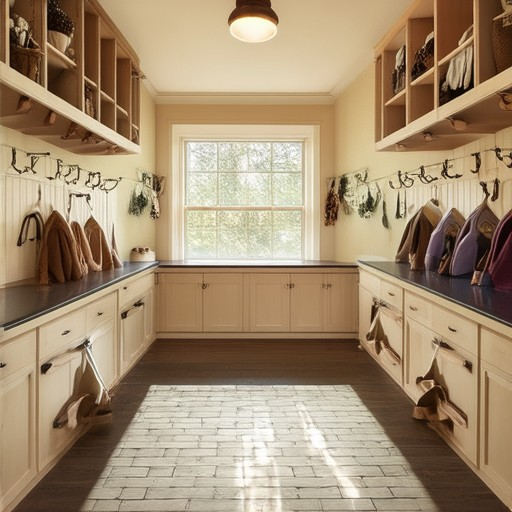
How to Make a Mudroom Look Nice
To transform your mudroom into a functional and aesthetically pleasing space, consider these thoughtful design and organization tips:
- Define the Purpose : Assess how you primarily use your mudroom. Is it for storage, entering the home, or as a multipurpose area? Tailor your design around its primary function.
- Choose a Color Palette : Opt for a calming, neutral palette that complements your home’s overall style. Soft blues, greens, or warm beige tones can create a welcoming atmosphere.
- Add Storage Solutions : Invest in versatile storage options like wall-mounted shelves, cabinets, or baskets. Consider labeled bins for shoes, coats, or outdoor gear to maintain order.
- Utilize Vertical Space : Maximize space with tall, slim storage units or hanging racks for scarves, hats, and bags. This keeps the room feeling less cluttered.
- Incorporate Seating : Add a bench or stools for a cozy spot to remove shoes or wait while organizing. A small table nearby can hold essentials like keys or mail.
- Layer Lighting : Install a combination of task lights near work areas and ambient lighting for ambiance. Recessed fixtures or pendant lights can brighten the space effectively.
- Add Personality with Art : Hang decorative pieces like framed family photos or artwork that reflects your style. This adds character while keeping the room grounded.
- Consider Custom Solutions : If your mudroom feels too utilitarian, consider custom-built features like a built-in bench or cabinet system to blend functionality with design.
By thoughtfully combining organization, color, and personal touches, you can create a mudroom that’s both practical and stylish, enhancing your daily routine.
What Color Should a Mudroom Be?
Choosing the right color for your mudroom involves considering factors like functionality, lighting, and personal style. Here’s a breakdown of the best options:
- Light Colors for Size and Cleanliness : Opt for light shades like white, beige, cream, or light gray. These colors make the space feel larger and hide dirt more effectively, making it easier to maintain a clean appearance.
- Neutral Tones for Versatility : Neutral colors such as taupe, khaki, or soft beige are excellent choices as they complement various decor styles and furniture colors, offering a timeless look.
- Calming Colors for Mood : Soft blues or greens can create a soothing atmosphere, perfect for those entering the home after a long day. Muted versions of these colors are ideal to avoid overwhelming the space.
- Bold Accents for Personality : If you want to add personality, consider a statement wall in a vibrant color like yellow or red. This can serve as a focal point without overwhelming the rest of the room.
- Seasonal Considerations : Incorporate seasonal colors like earthy tones (terracotta, brown) during fall or cooler tones (blue, green) during spring and summer.
- Mood and Ambiance : Light and bright colors can make the space feel welcoming, while darker tones may create a cozy vibe, ideal if the mudroom doubles as a relaxation area.
- Durable Finishes : Choose finishes like satin or semi-gloss for walls to ensure they withstand daily wear and tear.
By balancing functionality with aesthetic appeal, you can create a mudroom that is both practical and inviting.
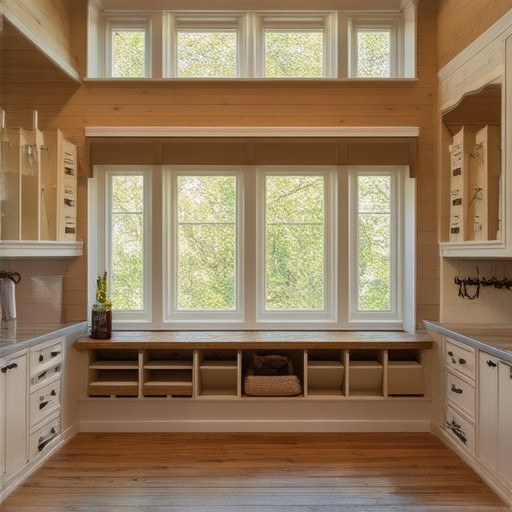
How Deep Should Mudroom Cubbies Be?
The depth of mudroom cubbies should be determined based on their intended use, local building codes, and structural considerations. Here’s a breakdown:
- General Storage : For light items and general storage, cubbies can typically be around 12 inches deep . This is sufficient for everyday items like coats, shoes, and bags.
- Heavy Items : If the cubbies will store heavier items such as tools, sports equipment, or household goods, consider going deeper. A standard recommendation is 16 inches , which provides more stability and can support greater weight loads.
- Flooring Considerations : Ensure the depth does not exceed the thickness of your floorboards to avoid damaging the flooring.
- Ceiling Height : Measure the available ceiling height to ensure the cubbies fit without obstructing the space.
- Installation : If the cubbies are built into the wall, the depth will affect how they are framed and supported.
For optimal functionality, choose a depth that aligns with your specific needs, considering both usage and local building guidelines.
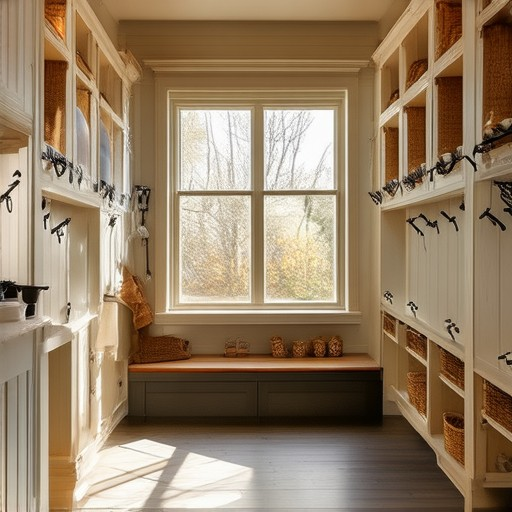
Does a Mudroom Increase Home Value?
A mudroom can significantly enhance your home’s value through improved functionality, aesthetics, and practicality. Here’s a breakdown of its benefits:
- 1. Enhanced Functionality and Storage Solutions
- 2. Boosts Curb Appeal and Home Aesthetics
- 3. Return on Investment: Recouping Costs
Mudrooms provide a dedicated space for storing shoes, coats, and outdoor gear, reducing clutter and offering organized access. This feature appeals to potential buyers who value efficiency and convenience.
A well-designed mudroom can elevate your home’s exterior appearance. It acts as a welcoming entrance, enhancing curb appeal and making the property more attractive to buyers.
Homeowners often see a return on their investment in mudrooms. By utilizing unused spaces like garages or porches, you can transform these areas into functional, valuable spaces without major structural changes.
Additional Considerations: Design and Layout
When designing a mudroom, consider features like lockers, benches, or cabinets to maximize storage. These elements contribute to the room’s functionality and overall appeal, further enhancing your home’s value.
How to Integrate a Mudroom into Your Home
Converting existing spaces into a mudroom requires careful planning. Focus on creating a seamless transition between indoor and outdoor areas, ensuring the design aligns with your home’s style and lifestyle needs.
In summary, a mudroom isn’t just a functional addition—it’s a smart investment that can boost your home’s value and appeal. By thoughtfully designing and utilizing this space, you unlock significant returns on your renovation efforts.
What Adds the Most Resale Value to a House?
A well-remodeled kitchen and bathroom are often at the top of the list when it comes to boosting a home’s resale value. Upgrading these areas can significantly enhance functionality and aesthetics, appealing to a broader range of buyers. Energy-efficient features, such as solar panels or energy-rated appliances, can also attract environmentally conscious consumers while reducing long-term utility costs.
Landscaping plays a crucial role in curb appeal, making the exterior more inviting and increasing the home’s visual appeal. Smart home technology, including automated systems, adds modern convenience and may attract tech-savvy buyers. High-quality flooring materials, like hardwood or tile, can elevate the home’s aesthetic and durability, contributing to long-term value.
Proper staging involves decluttering, fresh paint, and strategic furniture arrangement to present the home in its best light, often leading to quicker sales and higher offers. Outdoor spaces, such as decks or patios, offer additional living area and can be particularly appealing in seasonal months.
Regular maintenance, including fixes for leaks and roof updates, ensures the home remains in excellent condition, which can translate to higher resale value. Evaluating competitors’ sales prices in the local market can provide insights into which upgrades are most valued, guiding decisions toward impactful improvements.
By focusing on these key areas—the kitchen, bathrooms, energy efficiency, landscaping, smart technology, flooring, staging, outdoor spaces, and maintenance—a home can achieve maximum resale value, appealing to diverse buyer preferences and enhancing overall marketability.
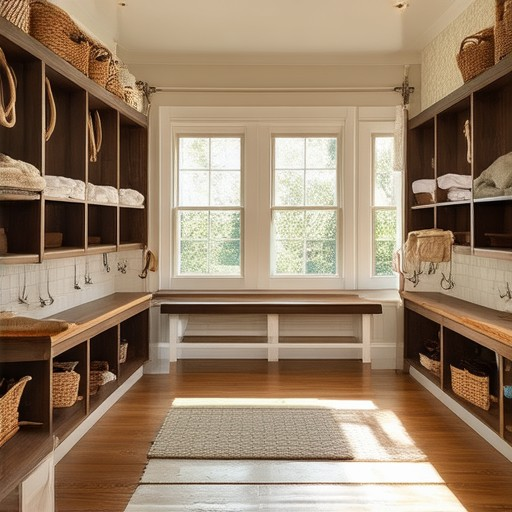
How Much Does It Cost to Remodel a Mudroom?
The cost to remodel a mudroom can vary significantly depending on several factors, including the size of the space, the extent of the renovations, and the quality of materials used. On average, the cost ranges from $6,000 to $15,000 when labor is included.
Mudroom Renovation Costs Breakdown
- Materials: The cost of materials depends on the finishes chosen. Basic options may include tile flooring, paint, and simple cabinetry, while higher-end finishes like stone countertops, custom woodwork, or high-end appliances can increase the budget substantially.
- Labor: Labor costs are typically a significant portion of the total expense. According to Angi, the average labor cost for a mudroom remodel is around $8,000 to $12,000, depending on the complexity of the project.
- Fixtures: Additional costs may include installing fixtures such as sinks, lighting, or storage solutions, which can add $500 to $2,000 to the total project cost.
- Project Scope: If the mudroom is part of a larger renovation or addition, the cost may increase due to the need for structural changes or permits.
Key Considerations
- Size: A smaller mudroom (40-80 square feet) typically costs less than a larger space.
- Functionality: Adding features like laundry hooks or storage units can increase the functionality and thus the cost.
- Design Choices: Custom designs with unique finishes or added amenities will increase the overall cost.
Conclusion
Remodeling a mudroom is a great way to enhance your home’s functionality and aesthetics. While the average cost is between $6,000 and $15,000, the final price will depend on your specific needs, choices, and local market conditions. For professional advice and detailed estimates, visit Peck and Gartner .

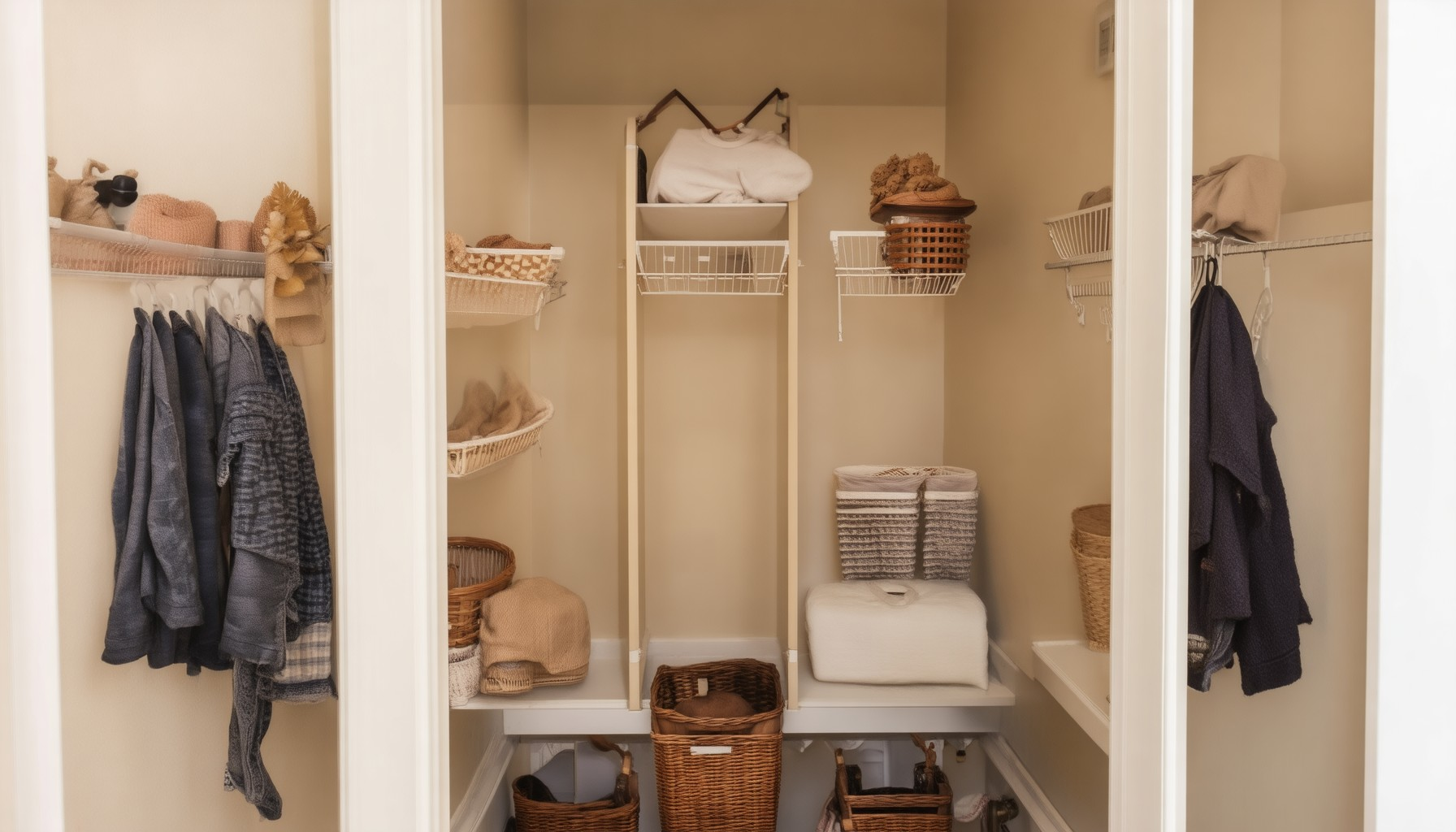



0 Comments